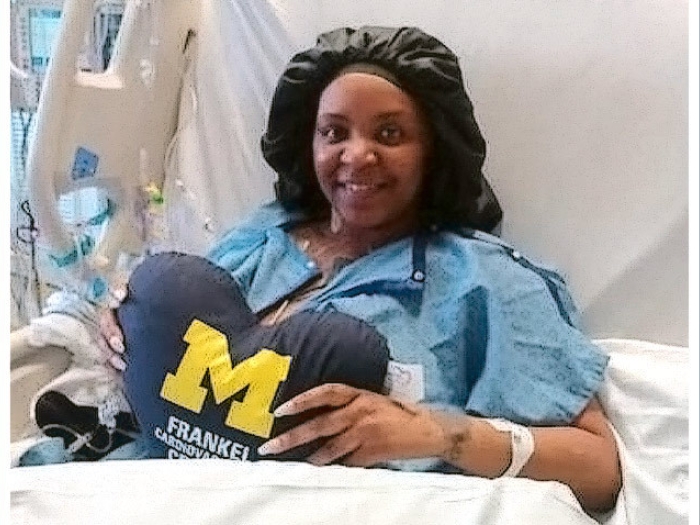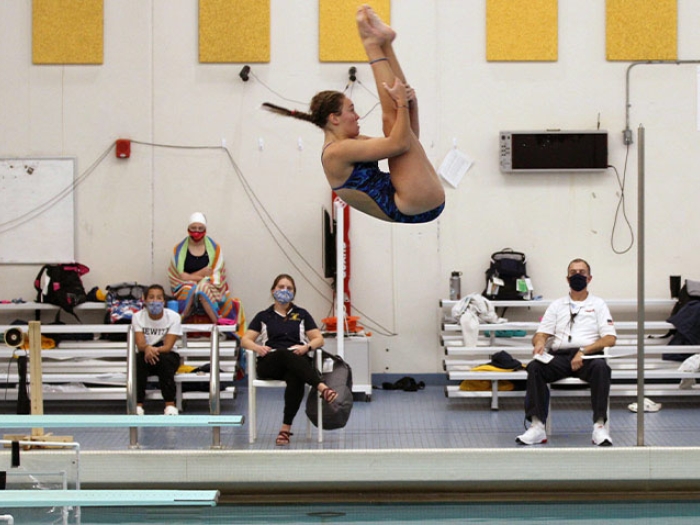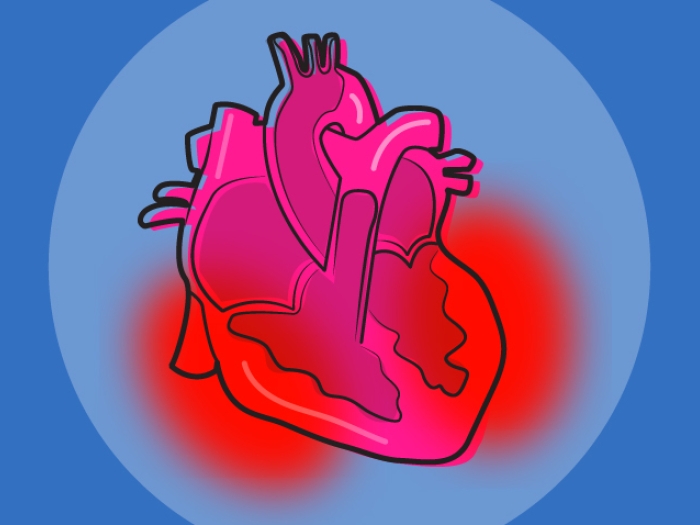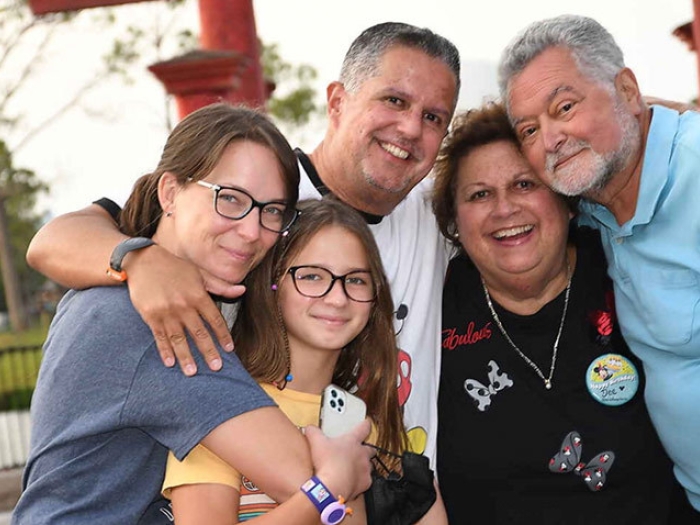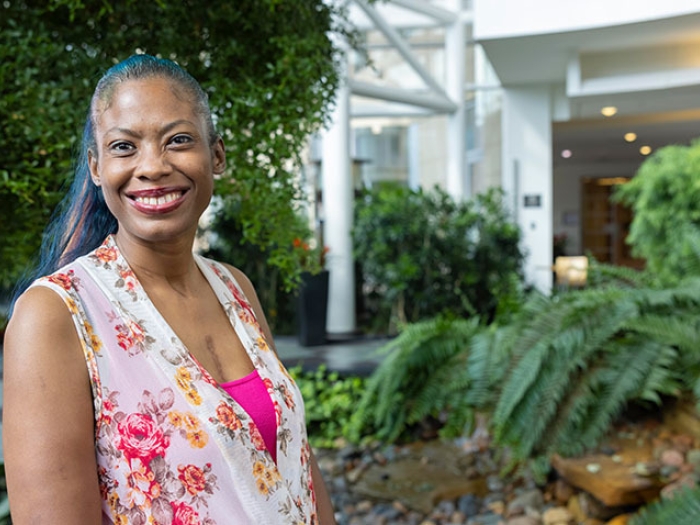The Young ICD Connection was formed to help patients cope with the implanted cardiac device. Two decades later, the mission continues.
7:00 AM
Author |
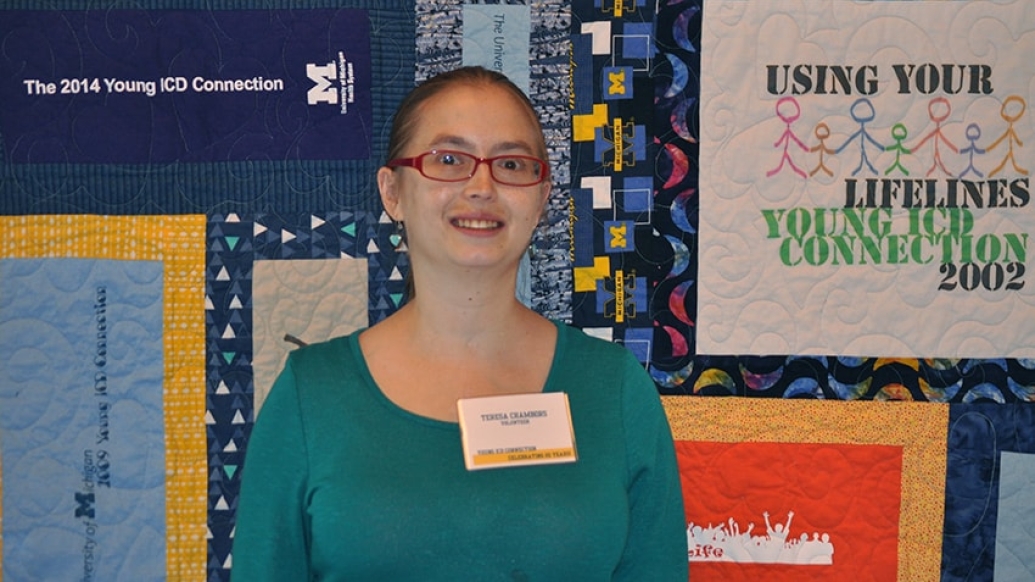
An implantable cardioverter defibrillator, or ICD, provides immediate therapy for life-threatening arrhythmias by triggering a pacing sequence or a jolt of electricity if an abnormal heart rhythm is detected.
MORE HEART HEALTH: Sign up for the weekly Health Blog newsletter
ICDs are implanted in patients who are at high risk for sudden cardiac arrest because of arrhythmias, which occur when a heart beats too quickly or slowly. The devices also are used to improve the heart's pumping ability in patients with heart failure.
Despite its vital role, an ICD often brings questions, fear and anxiety.
Teresa Chambors, pictured above, knows the mixed emotions all too well.
Two decades ago, at age 13, she struggled to process the notion that an ICD would control her heart.
The young woman then suffered from a condition known as catecholaminergic polymorphic ventricular tachycardia — which, if left untreated, can lead to an abnormally fast and irregular heartbeat and may cause the heart to stop beating, resulting in sudden cardiac arrest.
Heightening her fear: Chambors, now 36, was one of the youngest patients to receive an ICD at the University of Michigan Health System.
"I didn't just feel alone," she says. "I was alone."
Making connections
Her isolation wouldn't last.
Chambors' experience became the driving force behind the formation of the Young ICD Connection, a conference created by U-M to bring together young patients from around the United States to share their experiences and offer support to one another.
Chambors refers to the inaugural gathering in 1996 as her "'change the world' moment."
After all, "the conference was modeled after my experience," she says.
And it has endured: On Oct. 29, the yearly event celebrated its 20th anniversary. The most recent conference, as always, included medical speakers, breakout discussion sessions and leisure activities for people with (and touched by) ICDs.
Chambors, who offered the welcome address this year, values the continued mission.
To mark two decades of advocacy, the organizing group created a special commemorative quilt made of T-shirts from all 20 conferences — a patchwork project that looks forward and back.
"The quilt captures our commitment to patients, combining the 20 conferences and highlighting the very first conference in recognition of Teresa Chambors," says Laura Horwood, M.S., ACNP-BC, an advanced practice nurse at UMHS and a conference co-founder.

A growing movement
Such longevity marks a testament to the need for education and fellowship.
ICD recipients come from around the country to attend the conference at U-M each year, Horwood says. Meanwhile, more and more organizations are developing similar programs, she notes, underscoring the influence of a good idea.
"We want ICD patients, no matter where they live or what their age, to know they are not alone," Horwood says.
That message resonates with many attendees — even repeat ones.
UMHS patient Kevin Green, who had an ICD implanted in 2000 at age 42, is thankful for the annual gathering.
"I thought I was too old for the conference, but found out that age doesn't matter," says Green. "I've been to just about every conference since getting my ICD, to give and to get support. Everyone understands what you're going through."
ICD advancements
As the conference has grown and changed, so, too, has ICD technology.
Years ago, an ICD was about the size of a deck of playing cards, Chambors recalls.
SEE ALSO: Are You At Risk for Peripheral Artery Disease?
"In children, the device was implanted in the abdomen, which made it awkward in many ways," she says. "It was hard for me to even lean over because of the rough edges of the device."
Today, however, the devices are much smaller and more manageable: "They are now oval instead of square and about one-quarter of the size of the older versions," Chambors says.
Advancements in ICD technology have continued, Horwood notes.
Among them: extended battery life, improvements in detection algorithms to avoid inappropriate shocks, the development of MRI-safe ICDs and the introduction of quadripolar lead to allow more programming options for pacing to assist in the treatment of heart failure.
Most new ICD models offer wireless remote monitoring of the device data. That means patients can be monitored from their homes.
Also changing in some circumstances are lifted restrictions for athletic participation, depending on a patient's diagnosis.
Thanks to the conference, meanwhile, more ICD patients can share in the fact that life does go on.
Chambors, who received a donor heart 14 years ago and no longer has an ICD — now referring to herself as an "ICD emeritus," will continue to champion the event for years to come.
"It's important, because the conference gives ICD patients the support they need," she says. "We don't have to feel so isolated."

Explore a variety of healthcare news & stories by visiting the Health Lab home page for more articles.

Department of Communication at Michigan Medicine
Want top health & research news weekly? Sign up for Health Lab’s newsletters today!
